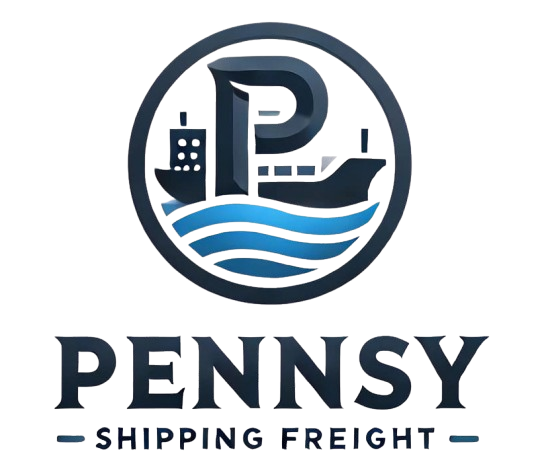The Complete Guide to Shipping Containers to the Pacific Islands
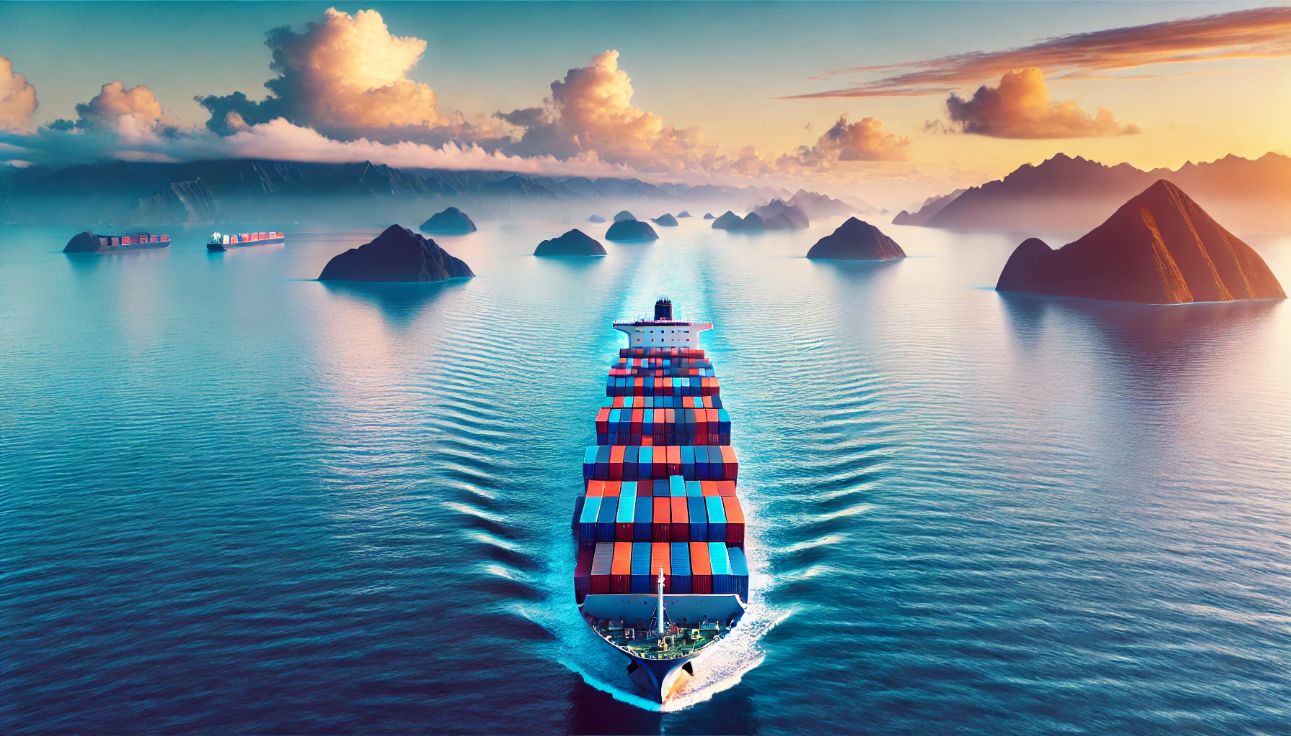
Shipping containers play a crucial role in global trade, enabling businesses to transport goods efficiently over long distances. For businesses looking to send cargo to the Pacific Islands, understanding the intricacies of container shipping is essential to ensuring smooth, cost-effective, and timely deliveries. This guide offers an in-depth look at the process of shipping containers to the Pacific Islands, from choosing the right type of container to selecting the best sea freight provider.
Shipping containers to the Pacific Islands is a specialized service that requires experienced providers like CargoMaster in Australia to navigate the logistical challenges of shipping to remote destinations. Whether you’re moving goods to Fiji, Samoa, or Tonga, working with a company that understands the specific needs of island shipping can make a significant difference in the success of your supply chain. For updates and more information, you can follow CargoMaster on Facebook and Instagram.
1. Types of Shipping Containers Available
Choosing the right type of shipping container is the first step in successfully transporting goods to the Pacific Islands. Containers come in various sizes and designs to accommodate different types of cargo.
1.1 Standard Dry Containers
The most common type of container is the standard dry container, which is typically available in 20-foot and 40-foot lengths. These containers are suitable for transporting non-perishable goods, including electronics, clothing, and furniture.
- 20-Foot Container: Suitable for smaller shipments or when shipping to islands with limited port facilities. It has a payload of around 28,000 kg.
- 40-Foot Container: Ideal for larger shipments and bulk goods. It has a payload of approximately 30,500 kg.
1.2 High Cube Containers
High cube containers are similar to standard containers but have an additional foot of height, making them perfect for transporting bulky items or goods that require more vertical space.
- Common Uses: High cube containers are used for machinery, large equipment, or furniture. They offer more space but are slightly more expensive than standard containers.
1.3 Refrigerated Containers (Reefers)
Refrigerated containers, commonly known as reefers, are used to transport perishable goods that require temperature control. These containers are equipped with cooling systems that maintain the temperature required for products such as fresh produce, seafood, pharmaceuticals, and frozen goods.
- Temperature Control: Reefers can maintain temperatures between -30°C to +30°C, depending on the cargo’s needs.
1.4 Open-Top and Flat-Rack Containers
These containers are designed for oversized or irregularly shaped cargo that cannot fit into standard containers.
- Open-Top Containers: These are used for goods that are too tall to fit in standard containers, such as construction materials or heavy machinery.
- Flat-Rack Containers: Ideal for large, heavy items such as vehicles, boats, or industrial equipment, flat-rack containers are essentially platforms without walls or roofs.
2. Step-by-Step Guide to the Shipping Process
The process of shipping containers to the Pacific Islands involves several key steps. Ensuring that each stage is handled correctly is critical to a successful shipment.
2.1 Booking and Documentation
The first step is booking your container shipment with a sea freight company. This involves selecting your container type and specifying the destination.
- Required Documentation: Key documents include the bill of lading, commercial invoice, packing list, and any certificates of origin or customs declarations required by the destination country.
2.2 Packing and Loading
Once your container is booked, it’s time to pack and load your goods. Proper packing is essential to protect your cargo during transit.
- Maximizing Space: Ensure containers are packed efficiently to maximize space and reduce costs. Use pallets and secure items with straps or braces to prevent movement.
- Securing Cargo: Fragile or valuable items should be packed with additional cushioning, such as bubble wrap, to prevent damage during rough seas.
2.3 Customs Clearance
Your cargo must pass through customs both at the port of origin and the destination. This step involves paying duties, taxes, and ensuring all documentation is accurate and complete.
- Customs Broker: Hiring a customs broker can simplify the process, as they handle the paperwork and liaise with customs officials on your behalf.
2.4 Shipping and Transit
Once your container is cleared, it will be loaded onto a vessel for shipment. Depending on the destination, transit times can vary.
- Common Routes: Ships to the Pacific Islands typically depart from major ports in New Zealand, Australia, or the United States. The transit time can range from several days to a few weeks, depending on the route and destination.
2.5 Delivery and Unloading
Upon arrival at the destination port, the container must pass through customs again before being unloaded and delivered to its final destination.
- Final Delivery: For shipments to remote islands, you may need to arrange additional transport, such as barges, to reach locations with limited port facilities.
3. Common Destinations in the Pacific Islands
The Pacific Islands consist of many different nations and territories, each with its own unique shipping needs and challenges. Some of the most common shipping destinations include:
- Fiji: One of the largest and most developed island nations in the Pacific, Fiji is a major hub for shipping in the region. Suva and Lautoka are the main ports of entry.
- Samoa: With its central location, Samoa is a key destination for goods being shipped to the central Pacific region. The main port is Apia.
- Tonga: Shipping to Tonga typically arrives at Nuku’alofa, the country’s main port.
- Vanuatu: Vanuatu’s largest port is Port Vila, which handles both domestic and international cargo.
- New Caledonia: Noumea, the capital, is the main port of entry for goods arriving in New Caledonia.
4. How to Choose the Right Shipping Service for Your Cargo
Selecting the right shipping service depends on various factors, including the type of cargo, destination, and budget. Here are some key considerations:
4.1 Cargo Type
The type of goods you’re shipping will determine the type of container and shipping service you need. For example, perishable goods require refrigerated containers, while oversized equipment may need flat-rack containers.
4.2 Frequency of Shipments
Consider the frequency with which you’ll be shipping to the Pacific Islands. If you ship regularly, it may be worth negotiating a long-term contract with a shipping company for better rates.
4.3 Budget and Transit Time
Different shipping services offer varying levels of speed and cost. For time-sensitive cargo, express shipping may be necessary, though it comes with a higher price tag. For non-urgent goods, slower services may be more cost-effective.
4.4 Reliability and Experience
Choose a sea freight company with experience shipping to the Pacific Islands, as they will be familiar with local regulations, port conditions, and logistical challenges.
How to Choose the Right Sea Freight Company for Your Pacific Island Shipments
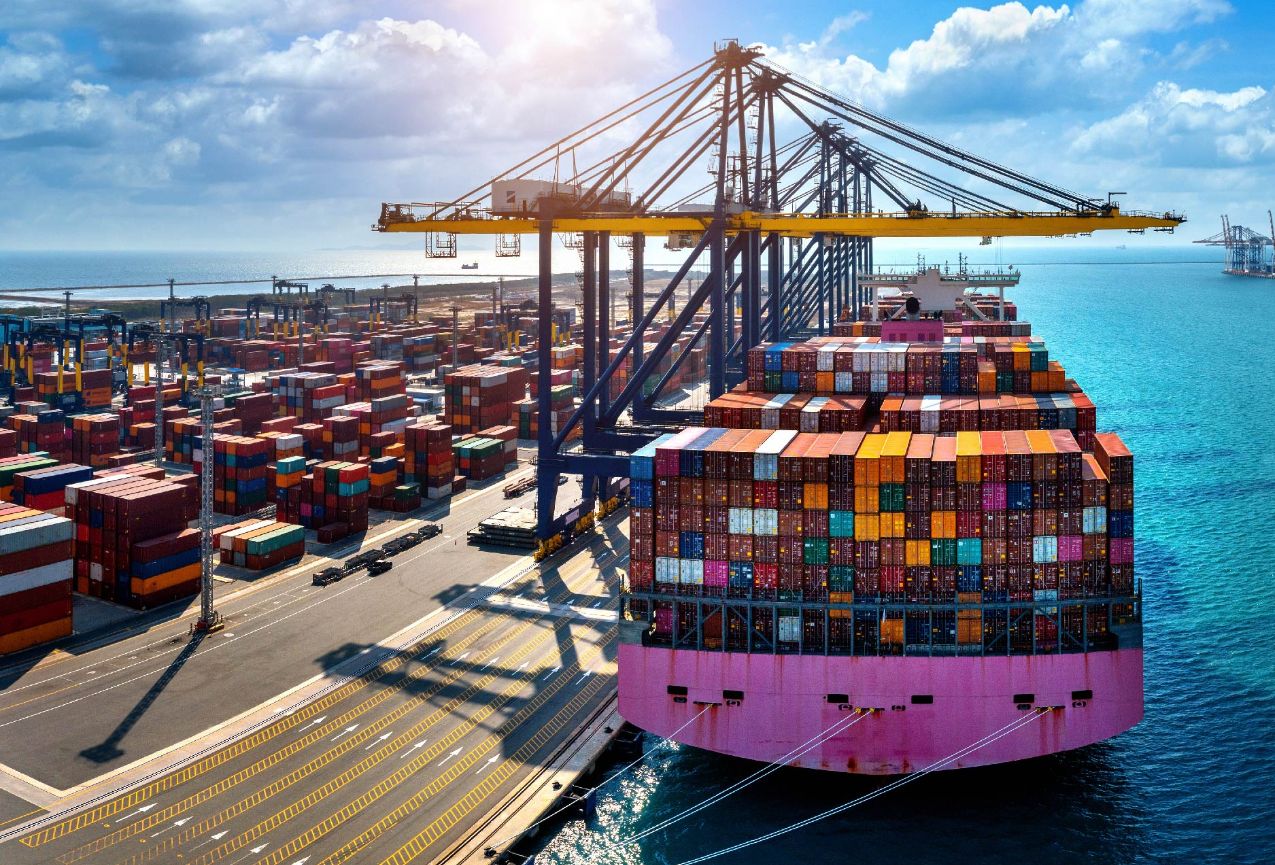
Selecting the right sea freight company is critical to ensuring smooth and cost-effective shipments to the Pacific Islands. With many providers available, it’s essential to evaluate potential partners based on several key factors.
Choosing the right sea freight provider for shipping containers to the Pacific Islands is not just about cost; it’s about reliability and experience. CargoMaster in Australia has established a strong reputation for handling Pacific Island shipments, offering specialized services tailored to this unique region. You can connect with them through their Facebook page or Instagram account for further assistance or to stay informed about their services.
1. Key Factors to Consider: Reliability, Cost, Experience with Pacific Routes
Selecting the right sea freight company is critical, especially when shipping to the Pacific Islands, a region that presents unique logistical challenges. The provider you choose will play a significant role in ensuring that your shipments arrive on time, intact, and within budget. Therefore, it’s essential to evaluate sea freight companies based on several key factors: reliability, cost, and experience with Pacific routes.
1.1 Reliability
When it comes to shipping to remote destinations like the Pacific Islands, reliability is the cornerstone of a successful operation. The isolation of many Pacific Islands means that missed shipments or delays can have a much more significant impact than in other regions. Businesses rely on consistent, on-time deliveries to keep their supply chains moving smoothly, whether it’s for retail goods, perishable products, or essential supplies.
A reliable sea freight company will have a proven track record of on-time deliveries and high levels of customer satisfaction. Look for providers who can demonstrate consistent performance, even during peak shipping seasons or adverse weather conditions, which are common challenges in the Pacific. For example, a provider experienced in dealing with cyclone seasons or limited port infrastructure will be far better equipped to handle delays and ensure that your goods still arrive as scheduled.
Additionally, reliable companies offer real-time tracking and communication throughout the shipping process. Being able to monitor your container’s journey from origin to destination offers peace of mind and allows you to address any potential issues before they escalate.
- Key Considerations for Reliability: Track record of on-time deliveries, customer satisfaction, ability to handle logistical challenges like remote locations and weather disruptions, real-time tracking, and responsive customer service.
1.2 Cost
Cost is a critical factor when selecting a sea freight provider, but it’s essential to balance affordability with the quality of service. The cheapest option is not always the best choice, particularly when shipping to remote Pacific Islands, where additional complexities can arise, such as unpredictable weather, customs issues, and infrastructure limitations. When choosing a provider, focus on the overall value rather than just the price tag.
It’s crucial to obtain detailed quotes from multiple providers to compare pricing. Make sure the quotes include all associated costs, such as port charges, customs fees, and additional surcharges like bunker adjustment fees or fuel surcharges. Hidden costs can quickly add up, so transparency in pricing is key.
While it may be tempting to opt for the lowest bid, consider whether the provider is offering comprehensive support, including customs handling, insurance, and local partnerships. These added services can be invaluable when shipping to the Pacific Islands, where customs processes can be more intricate, and the need for contingency planning is higher.
Furthermore, ensure that the shipping company offers flexible options that align with your budget and shipment size. For instance, if you’re shipping smaller loads, look for providers that offer shared container services, which allow multiple shipments to share space in a single container, reducing the overall cost.
- Key Considerations for Cost: Obtain comprehensive quotes, evaluate the inclusion of all fees and surcharges, compare value rather than just the price, and ensure flexible options like shared container services.
1.3 Experience with Pacific Routes
Shipping to the Pacific Islands is unlike shipping to more developed and better-connected regions. The logistical hurdles, including limited port infrastructure, customs regulations, and unpredictable weather, make it crucial to work with a sea freight provider that has extensive experience in this region. The more familiar the company is with Pacific Island shipping routes, the better they will be at navigating these challenges.
A provider with experience in Pacific routes will understand the unique nuances of shipping to remote destinations like Fiji, Samoa, Tonga, and other island nations. This expertise includes knowing which ports have limitations (such as handling capacity or access for larger vessels), being familiar with customs procedures specific to each country, and understanding the specific requirements for local authorities, including necessary documentation or health certifications for certain goods.
Providers with established local partnerships can make a significant difference in ensuring the smooth movement of goods through customs and onto the final destination. Local agents and customs brokers can expedite the clearance process, ensuring that delays are minimized. Additionally, experienced companies can arrange for last-mile delivery services or alternative transport (such as barges or feeder vessels) for islands with more limited port access.
- Local Expertise and Partnerships: A company with deep ties to the region can leverage local relationships to facilitate smoother customs clearance, help resolve port issues, and ensure that goods are efficiently transferred from the port to their final destination, even in remote areas.
For example, CargoMaster, a leading sea freight provider in Australia, has extensive experience handling shipments to the Pacific Islands. They not only understand the logistical complexities of the region but also have local partnerships to ensure the last leg of the journey is handled efficiently.
- Key Considerations for Experience with Pacific Routes: Look for providers with experience in Pacific Island shipping, a deep understanding of customs and regulations, local partnerships, and the ability to arrange last-mile delivery services.
Questions to Ask Your Sea Freight Provider
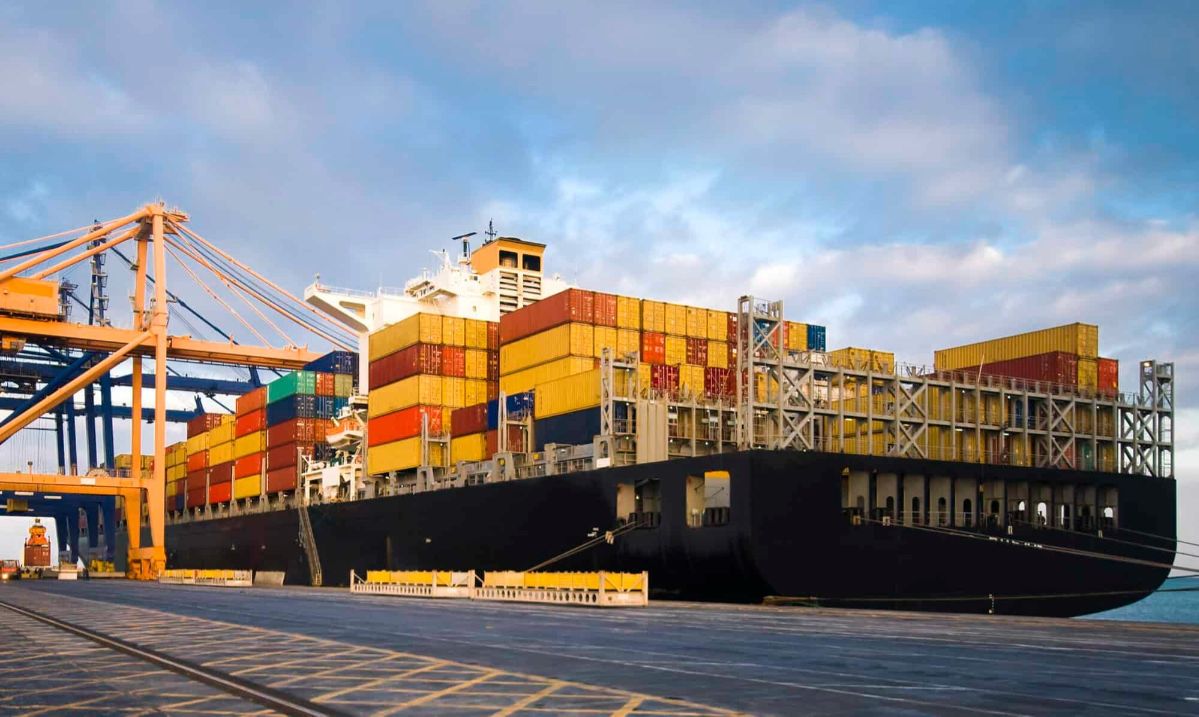
Before committing to a sea freight provider for shipping containers to the Pacific Islands, it’s crucial to ensure that the company is well-equipped to meet your specific needs. Asking the right questions can help you assess whether the provider has the necessary experience, reliability, and transparency to handle your shipments efficiently. Below are key questions to ask potential sea freight providers and why they are important.
1. What is your experience with Pacific Island shipments?
The Pacific Islands present unique logistical challenges due to their remote locations, limited port infrastructure, and varying customs regulations. Shipping to this region requires specialized knowledge, so it’s important to choose a provider with direct experience in shipping to the Pacific.
Why This Matters: A provider with extensive experience shipping to the Pacific Islands will have a thorough understanding of regional ports, the most efficient shipping routes, and the potential challenges that may arise. This experience will ensure that your shipments are handled smoothly, reducing the risk of delays or additional costs.
Follow-up: Ask for specific examples of recent shipments to islands like Fiji, Samoa, or Tonga, and inquire about how they managed any logistical difficulties.
2. Do you have local partners in the destination country?
Having local partners, such as customs brokers, logistics providers, or port authorities, is essential when shipping to the Pacific Islands. These local connections can make the difference between a smooth customs clearance and a frustrating delay.
Why This Matters: Local partners provide on-the-ground support and help navigate the often-complex customs processes and port regulations unique to each island. They can expedite the clearance process, manage last-mile delivery, and handle any issues that arise after the container has reached the port.
Follow-up: Ask how long they have been working with their local partners and the specific services these partners provide. This can give you confidence that the provider has reliable and trusted relationships in the region.
3. How do you handle delays or disruptions at sea or in port?
Shipping routes to the Pacific Islands can be impacted by unpredictable weather, such as tropical storms, or logistical challenges at ports with limited infrastructure. Knowing how your provider manages these potential disruptions is critical.
Why This Matters: Delays at sea or in port can lead to significant disruptions, especially if your goods are time-sensitive. A good sea freight provider will have contingency plans in place, such as rerouting options, alternative ports, or transshipment arrangements to avoid major delays. They should also have systems in place to communicate with you in real-time about any delays.
Follow-up: Ask for specific examples of how they have handled past disruptions or delays when shipping to the Pacific Islands. This will give you an idea of their ability to adapt and manage unforeseen issues.
4. What is included in your shipping quote, and are there any hidden fees?
A comprehensive and transparent shipping quote is vital for budgeting accurately. Freight charges can vary depending on the service, container size, and destination, and many companies include additional fees that aren’t immediately obvious.
Why This Matters: Unexpected fees, such as customs brokerage charges, fuel surcharges, or port handling fees, can quickly inflate your shipping costs. By asking for a detailed breakdown of the quote, you can avoid being surprised by hidden charges later in the process.
Follow-up: Request a complete itemized list of all fees, including customs duties, port charges, fuel surcharges, and handling costs. Ask if there are any scenarios in which additional charges might apply, such as demurrage fees for delayed pickup.
5. Do you offer insurance or tracking services?
Shipping goods across long distances, particularly to remote locations like the Pacific Islands, comes with risks. Insurance protects your cargo against potential loss or damage, while tracking services provide visibility over your shipment throughout its journey.
Why This Matters: Shipping insurance can give you peace of mind, especially when shipping high-value or sensitive goods. Real-time tracking allows you to monitor your shipment’s progress, ensuring you can address any issues as they arise. A provider that offers both services demonstrates a commitment to safeguarding your cargo.
Follow-up: Inquire about the specific types of insurance they offer and whether it covers the full value of your shipment. Additionally, ask for details on their tracking platform—whether you can access it 24/7 and how often shipment updates are provided.
6. What is your on-time delivery rate for this route?
On-time delivery is a key performance indicator for sea freight companies. Consistent delays can harm your business, especially if you’re shipping time-sensitive products like fresh produce or retail goods for peak seasons.
Why This Matters: Knowing a provider’s on-time delivery rate helps you gauge their reliability. A high on-time delivery rate, particularly for Pacific Island routes, indicates that the provider has a strong understanding of the logistics and potential challenges of shipping to the region.
Follow-up: Ask for their on-time delivery statistics over the past year, specifically for the routes you’re interested in. A provider that consistently meets delivery deadlines demonstrates their ability to manage schedules and avoid disruptions.
Asking the right questions before choosing a sea freight provider can make all the difference when shipping to the Pacific Islands. Each of these questions helps you assess the provider’s expertise, reliability, and transparency, ensuring that your goods arrive on time and within budget.
Benefits of Working with a Specialized Sea Freight Company for Pacific Island Shipments
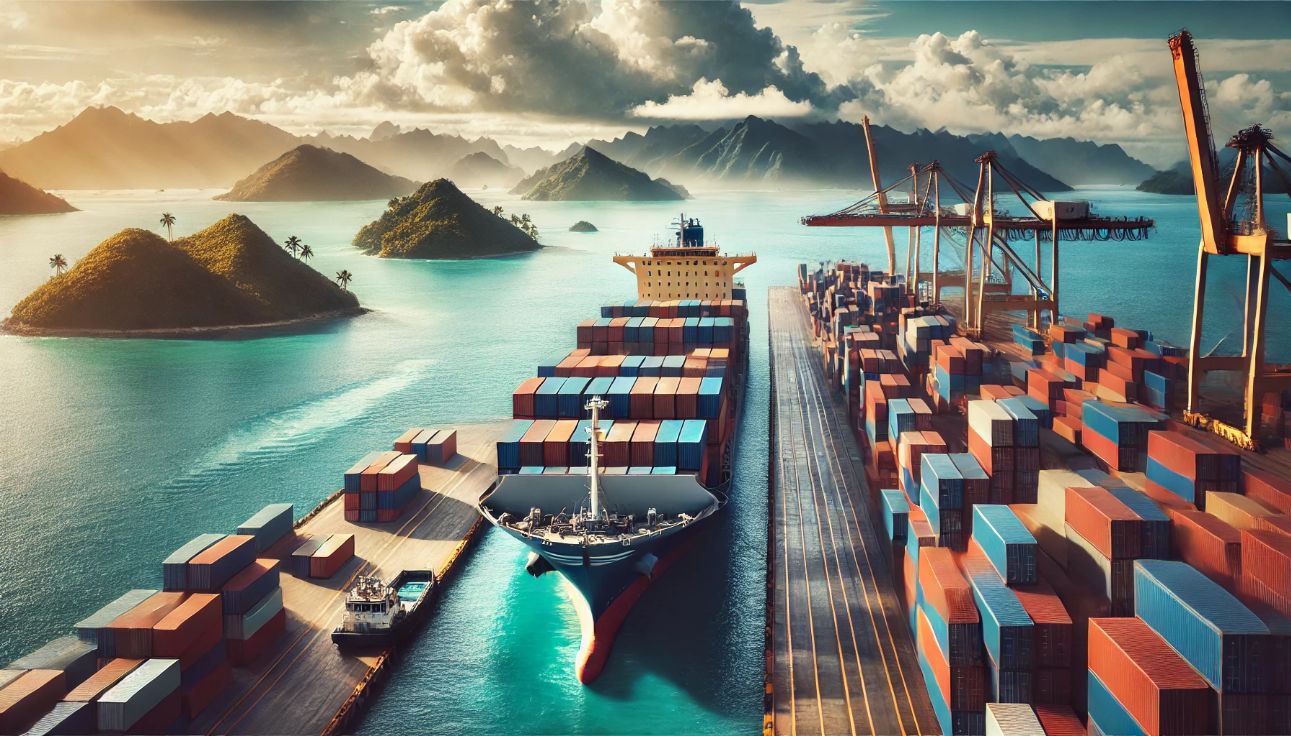
When it comes to shipping to the Pacific Islands, partnering with a sea freight company that specializes in this region offers significant advantages. The unique geographic and logistical challenges of the Pacific require an experienced provider that understands the specific nuances of shipping to remote island nations. Here’s a detailed look at the key benefits of working with a specialized sea freight company.
1. Familiarity with Regional Challenges
Shipping to the Pacific Islands involves navigating a complex web of challenges that may not be as pronounced in other regions. These challenges range from the limited infrastructure at ports to stringent customs regulations and unpredictable weather conditions. A specialized company has the experience and knowledge required to handle these issues smoothly.
Port Infrastructure: Many Pacific Islands have smaller ports that may not be equipped to handle large vessels or significant cargo volumes. Specialized companies know which ports have limitations and can arrange for the appropriate vessel sizes or transshipment options when needed. They are also familiar with the availability (or lack) of port facilities, such as cranes or specialized equipment, and can make necessary preparations in advance.
Weather Conditions: The Pacific Islands are prone to extreme weather events, such as cyclones and tropical storms, particularly during certain times of the year. A specialized sea freight provider will closely monitor weather patterns and adjust shipping schedules to minimize the risk of delays or damage to cargo. This proactive approach helps prevent disruptions and ensures timely delivery, even when adverse conditions arise.
Customs Regulations: Each Pacific Island nation has its own set of customs laws, documentation requirements, and tariff structures. Navigating these regulations can be tricky without the right expertise. Specialized companies are well-versed in the customs procedures of individual island countries, ensuring that shipments clear customs smoothly and without unnecessary delays. They can also advise on specific documentation required for different types of cargo, from perishables to hazardous materials.
By working with a provider that has a deep understanding of these regional challenges, businesses can significantly reduce the risk of costly delays, unexpected fees, and compliance issues.
2. Tailored Services for Pacific Island Shipments
One of the key advantages of working with a specialized sea freight company is their ability to offer customized services tailored specifically to the needs of Pacific Island shipments. The diverse nature of the cargo being shipped, combined with the unique requirements of the destination, means that a one-size-fits-all approach may not be suitable.
Temperature-Controlled Containers: For businesses shipping perishable goods, such as fresh produce, seafood, or pharmaceuticals, specialized companies offer refrigerated containers (reefers) to maintain the correct temperature during transit. These companies understand the importance of ensuring that perishable goods arrive in pristine condition, especially when shipping to remote islands where alternative supply sources are limited.
Assistance with Remote Island Deliveries: Not all Pacific Islands have the infrastructure or access to handle large shipping vessels. In these cases, specialized providers can arrange for feeder services, where cargo is transferred to smaller vessels for delivery to more remote islands. They may also offer barge services to ensure goods reach even the most inaccessible locations. This level of customization ensures that goods reach their final destination regardless of the logistical hurdles involved.
Flexible Shipping Solutions: Specialized companies are also more likely to offer flexible shipping options based on the specific needs of your business. Whether it’s express shipping for urgent deliveries, consolidation services for smaller shipments, or alternative routes to avoid congested ports, these companies have the expertise to tailor their services for maximum efficiency and cost-effectiveness.
By providing these tailored services, specialized sea freight companies ensure that businesses receive the most efficient and practical solutions for their shipping needs.
3. Improved Efficiency and Reduced Risk of Delays
Shipping to the Pacific Islands can often be a time-sensitive process, especially for businesses that rely on just-in-time supply chains or deal with perishable goods. Specialized sea freight companies, with their in-depth knowledge of Pacific routes and infrastructure, are better equipped to ensure the efficiency of the shipping process.
Optimized Routes and Schedules: Specialized providers can optimize shipping routes to minimize transit times and reduce the risk of delays. They know which routes are the most efficient, which ports are prone to congestion, and how to navigate around potential bottlenecks. Their experience with the region allows them to plan for contingencies, ensuring that shipments remain on schedule, even in the face of unforeseen challenges like bad weather or port delays.
Established Local Partnerships: Efficiency in the shipping process also depends heavily on strong local connections. Specialized companies often have well-established relationships with local port authorities, customs brokers, and logistics providers. These partnerships help expedite the movement of goods through ports and ensure seamless customs clearance. For example, having a local customs broker can make the difference between a smooth clearance process and one that is bogged down by red tape.
Cost Control: An experienced provider will also help businesses control costs by anticipating potential surcharges and avoiding unnecessary fees. Whether it’s port handling charges, fuel surcharges, or demurrage fees, specialized companies can plan for and mitigate these costs through better route planning, efficient container loading, and transparent communication about potential extra charges.
Real-Time Tracking and Communication: Another efficiency-enhancing feature offered by specialized sea freight providers is real-time tracking. This allows businesses to monitor the progress of their shipment at every stage of the journey. In the event of a delay, these providers can communicate any changes promptly and offer alternative solutions. For example, if a delay at one port is unavoidable, the provider may reroute the cargo to another nearby port and arrange local transportation to the final destination.
Through improved efficiency, specialized companies help businesses avoid costly delays, minimize risks, and ensure that goods reach their destination on time and within budget.
Conclusion
Working with a specialized sea freight company that has experience shipping to the Pacific Islands offers businesses several key advantages. Their familiarity with regional challenges, ability to provide tailored services, and focus on efficiency reduce the risk of delays, ensure smoother customs clearance, and lower overall shipping costs. Companies like CargoMaster in Australia provide the expertise needed to navigate the complex logistics of shipping to remote islands, offering businesses a reliable and streamlined shipping experience.
Recent Posts
